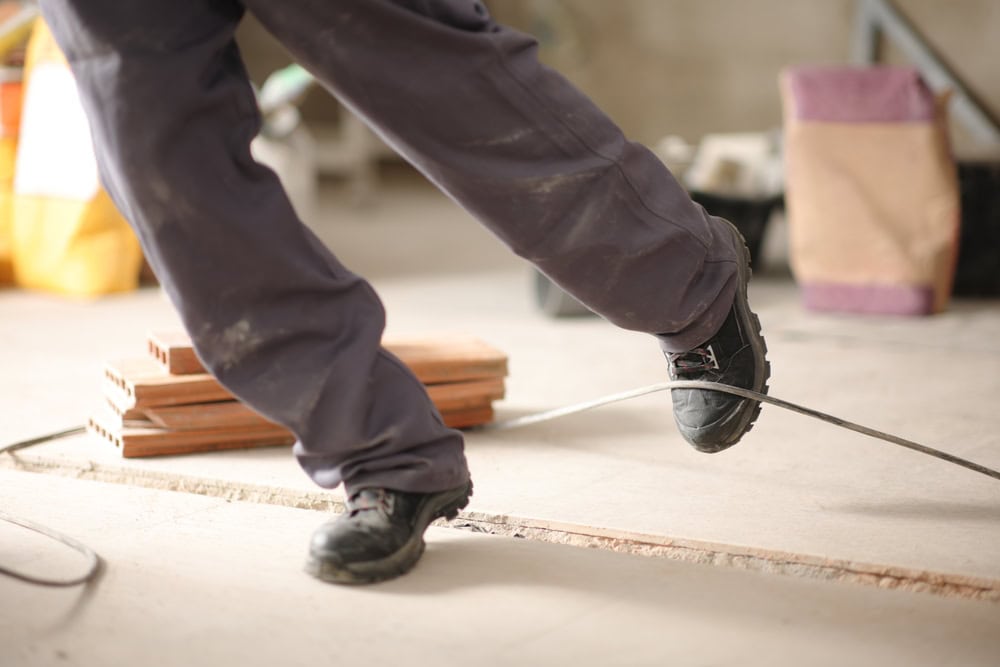From Fieldwork to Management: Advancing Your Career as a Contractor
Transitioning from fieldwork to management is one of the most significant and rewarding shifts a contractor can make. Whether you’re a small business owner or an independent contractor in California, mastering this transition can unlock new opportunities for growth and efficiency in your career or business. This journey is not without challenges, but with the … Read more










